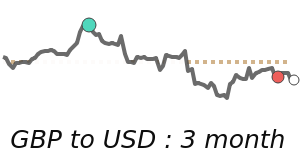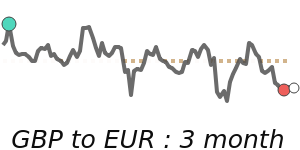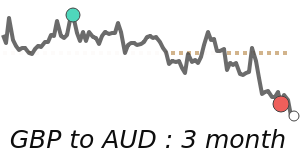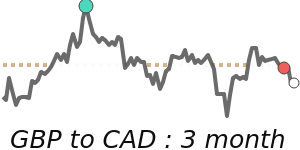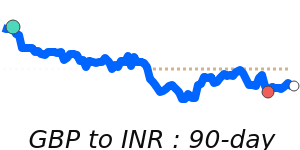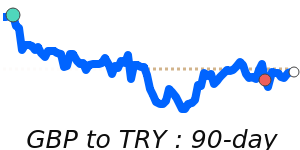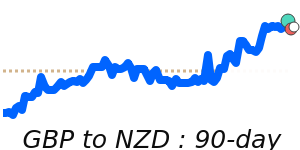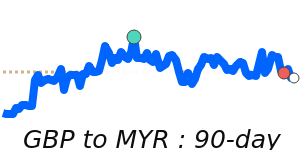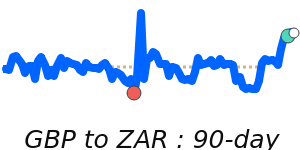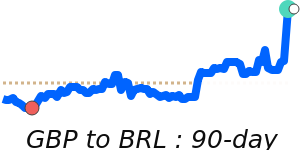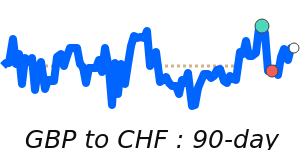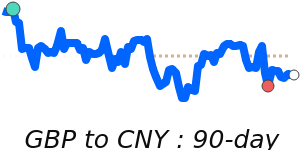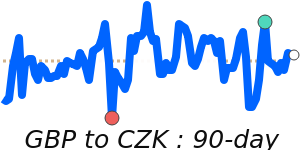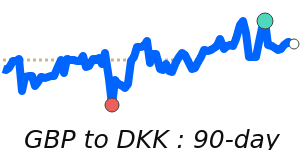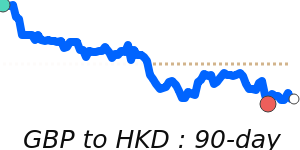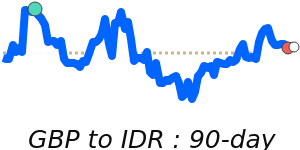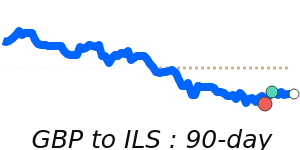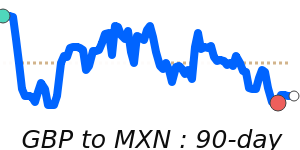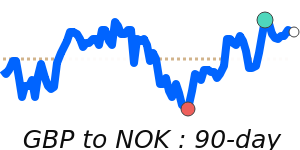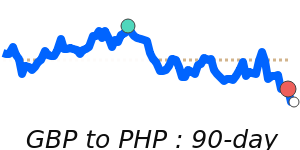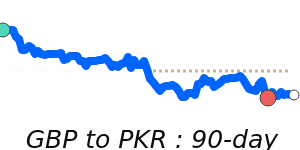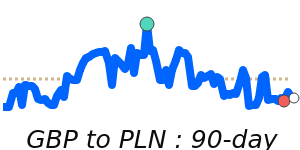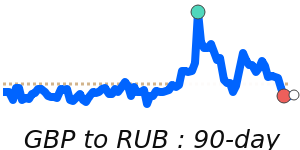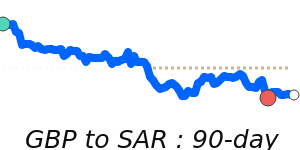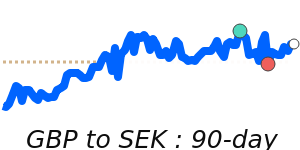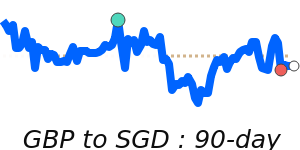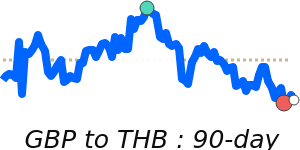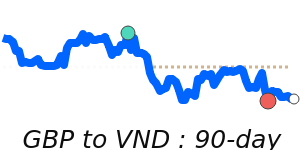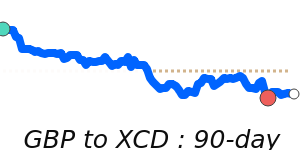The British Pound (GBP) is currently facing a cautious outlook as analysts project potential challenges affecting its value through 2026. Recent updates indicate that the Bank of England (BoE) is likely to begin cutting interest rates, with expectations of a decrease to 3.25% by mid-2026. This comes amidst signs of slowing inflation, which is projected to decline to around 3.5%, alongside stagnant economic growth expected at just 1.2%. In contrast, the Federal Reserve in the U.S. may approach rate cuts more carefully, targeting a range of 3% to 3.25%.
Concerns regarding fiscal policy have surfaced recently, particularly following the UK government's reversal of planned income tax changes in late 2025. This development ignites fears about further cuts from the BoE, which could apply additional pressure on the pound. The economic environment is further complicated by forecasts that indicate inflation will not reach the BoE’s 2% target until late in 2026, following a peak of around 4% in autumn 2025.
Trade dynamics are also set to impact the pound, especially with the introduction of U.S. tariffs that are expected to dampen trade activities between the UK and the U.S., which could affect export levels going into 2026.
Recent currency movements show the GBP/USD exchange rate hovering near 14-day lows at 1.3406, slightly above its three-month average of 1.3308, indicating a stable trading pattern within a 4.0% range. For GBP to EUR, current rates are at 1.1523, which is marginally elevated compared to its three-month average of 1.143, showing a steadiness within a narrower 2.0% range. Conversely, GBP to JPY is experiencing upward momentum, at a 90-day high of 211.7, significantly above its three-month average of 206.2.
Looking ahead, forecasts vary; while Nordea suggests a potential strengthening of GBP/USD to 1.41 by the end of 2026, Mizuho maintains a more conservative outlook, predicting a stability at 1.33. Overall, businesses, expats, and travelers should remain vigilant as the currency dynamics evolve amidst these economic factors.
